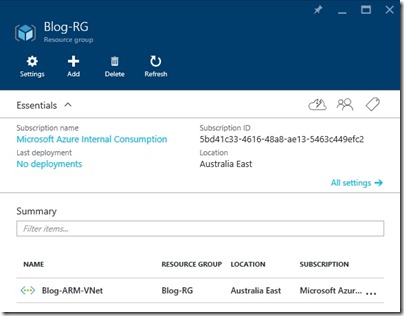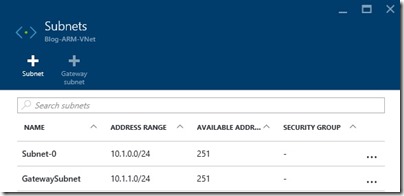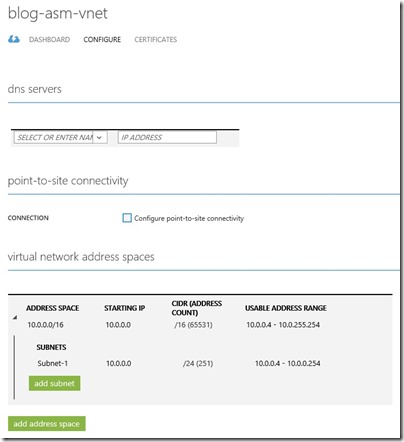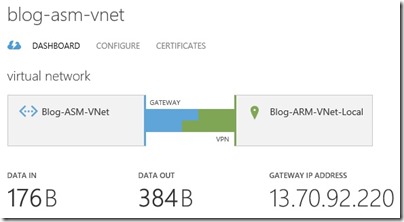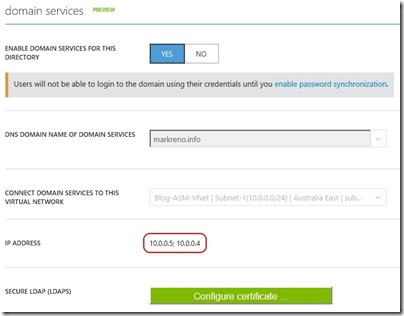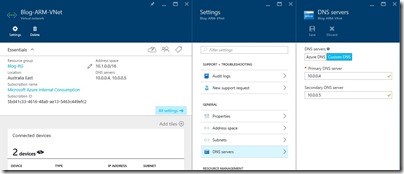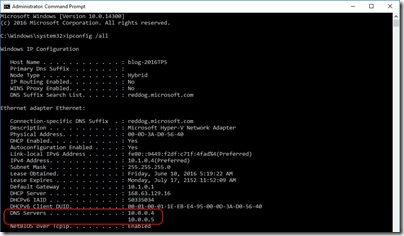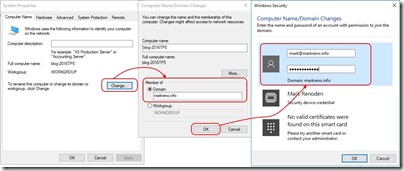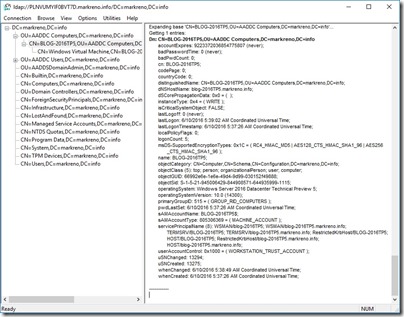Hinweis
Für den Zugriff auf diese Seite ist eine Autorisierung erforderlich. Sie können versuchen, sich anzumelden oder das Verzeichnis zu wechseln.
Für den Zugriff auf diese Seite ist eine Autorisierung erforderlich. Sie können versuchen, das Verzeichnis zu wechseln.
It’s been a while since my last post – a combination of extended leave and being busy I guess. Even so, I’m back to helping Microsoft customers and hope to share what I learn from those experiences through this blog. So onto the topic of the day …
Imagine you’ve made an effort moving your Azure resources away from Azure Service Manager (classic) and onto Azure Resource Manager (ARM). Everything is going well and you decide there’s a need to utilize Azure Active Directory Domain Services (AAD DS).
Note: If you’re not sure what Azure Active Directory Domain Services is all about, head over to the documentation pages here - https://azure.microsoft.com/en-us/documentation/services/active-directory-ds/ – short story is that your Azure Active Directory tenant is presented to a VNet of your choosing as a pair of Domain Controllers allowing Azure IaaS hosted VMs to perform domain joins, LDAP lookups etc..
Problem: At the time of writing, AAD Domain Services doesn’t support an ARM VNet – only classic VNets are supported. ARM VNet support is coming but it’s not there yet.
Solution: Create a site-to-site VPN between a classic VNet and the ARM VNet using the AAD DS IP addresses as the DNS servers for the ARM VNet
Walkthrough
I’ll keep this walkthrough pretty brief. I don’t want to repeat content that is already out there and readily available – just tie it together in a way that makes it easy for you.
I have a resource group and VNet using ARM as follows – Blog-ARM-VNet is configured with address space 10.1.0.0/16 and a subnet called Subnet-0, address range 10.1.0.0/24.
It’s important to note that for steps coming later, a gateway subnet should also be created. In my case, the Blog-ARM-VNet appears as
I also have a classic VNet called Blog-ASM-VNet with adderess space 10.0.0.0/16 and a subnet called Subnet-1, address range 10.0.0.0/24
Now I hook them together with a site-to-site VPN. The steps to do this are covered really well over here - https://azure.microsoft.com/en-us/documentation/articles/virtual-networks-arm-asm-s2s-howto/. After stepping through this guide my classic and ARM VNets are connected
The next thing I want to do is enabled Azure Active Directory Domain Services on my classic VNet. The steps to do this are covered really well at https://azure.microsoft.com/en-us/documentation/articles/active-directory-ds-getting-started/. After following this guide, I have
Notice the two IP addresses assigned to AAD DS. I’ll add these as DNS servers to my ARM VNet
After I add a virtual machine to my ARM VNet and connect to it, I can use and treat AAD DS just as if I had Azure IaaS VMs deployed as Domain Controllers (well there are differences but you can read about those at the documentation link posted above)
Comments
- Anonymous
December 30, 2016
Great article! - Anonymous
March 29, 2017
What is the best practice here if I now want to have a site-to-site VPN to my on-premise network AND I wish my on-premise machines to be able to see the AAD DS (in the CLassic VNET) as well as the VMs in the ARM VNET?- Anonymous
April 02, 2017
To my understanding, AAD DS is not intended to be used by on-premises resources. It's specifically for vNets that don't have connectivity to on-premises where traditional DCs reside.
- Anonymous
- Anonymous
March 29, 2017
By the way, you can also use a VNET-to-VNET Peering between the Classic and ARM VNET.https://docs.microsoft.com/en-us/azure/vpn-gateway/vpn-gateway-connect-different-deployment-models-portal- Anonymous
March 29, 2017
I meant to post this link: https://docs.microsoft.com/en-us/azure/virtual-network/virtual-network-peering-overview- Anonymous
April 20, 2017
The comment has been removed
- Anonymous
- Anonymous
